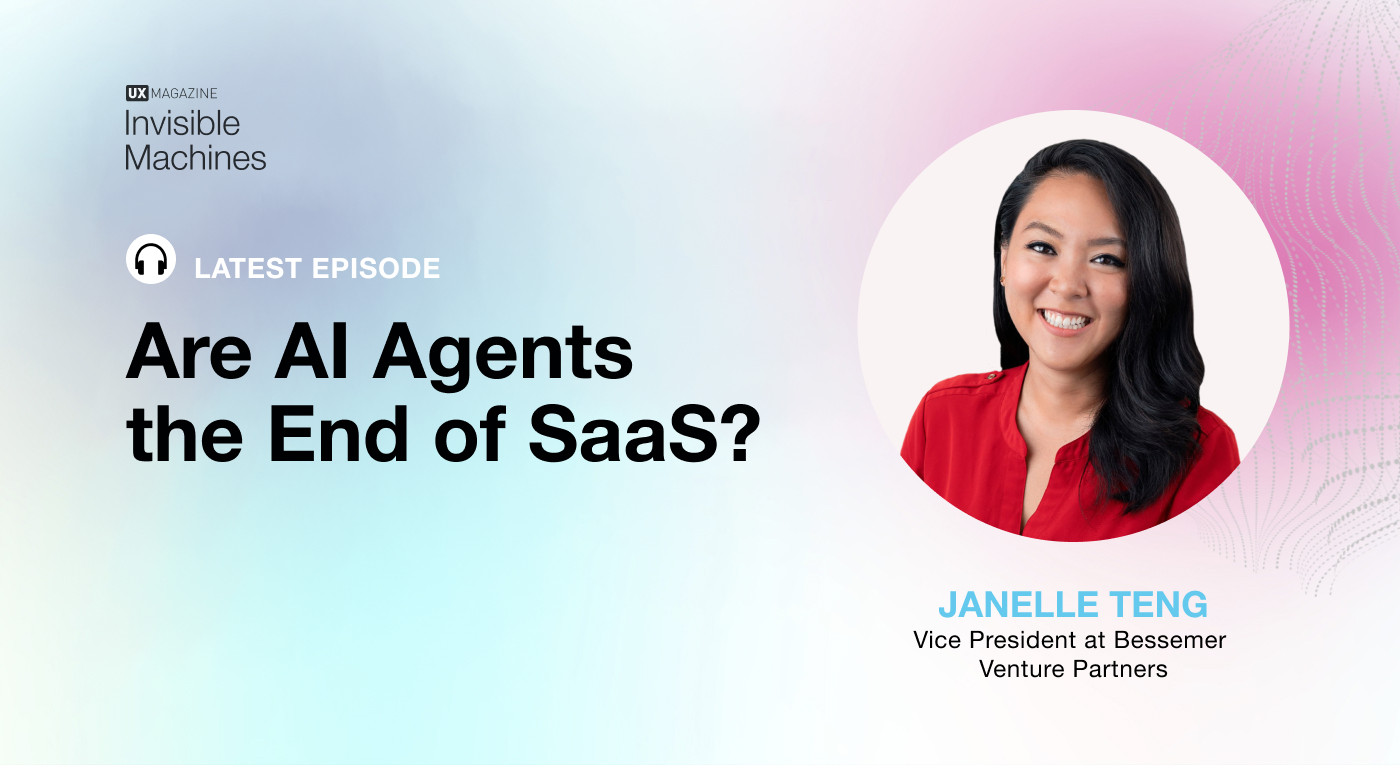AI agents mark the beginning of a new era in software development. But do they also mark the end of Software as a Service (SaaS)? In this episode, Robb and Josh explore this paradigm shift with Janelle Teng, Vice President at Bessemer Venture Partners’ San Francisco office. Recently, on her Next Big Teng Substack, Janelle noted that “2024 has not been kind to SaaS companies.”
A Stanford scientist and former product manager at Salesforce, Janelle shares her optimism about the multi-agent approach to automation and emphasizes the critical importance of investing in infrastructure. The discussion also explores the ramification of consumer adoption of AI outpacing enterprises and why startups have a clear advantage in this moment.
Tune in to this enlightening discussion to hear insights on how AI agents could reshape the future of software.








